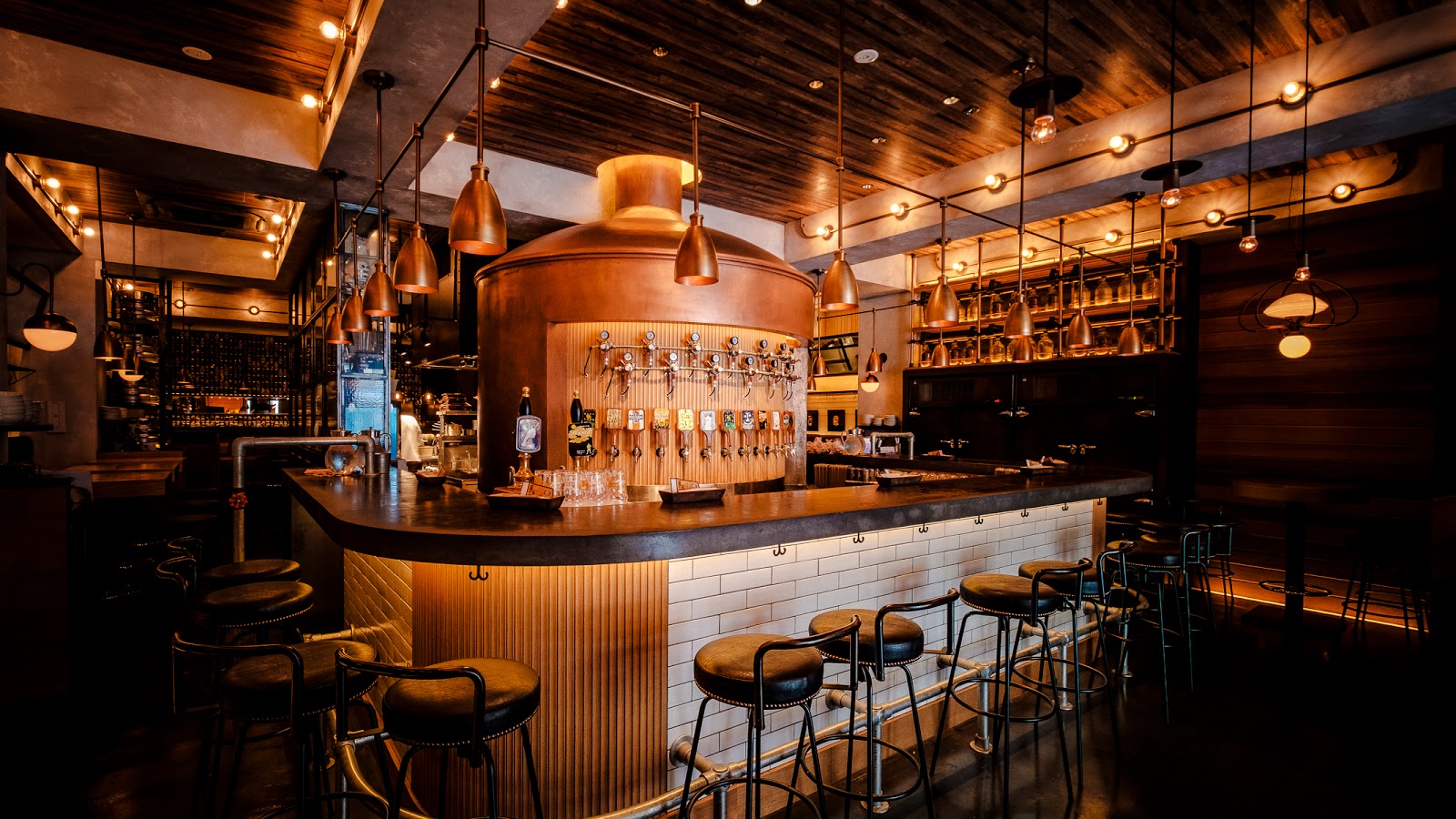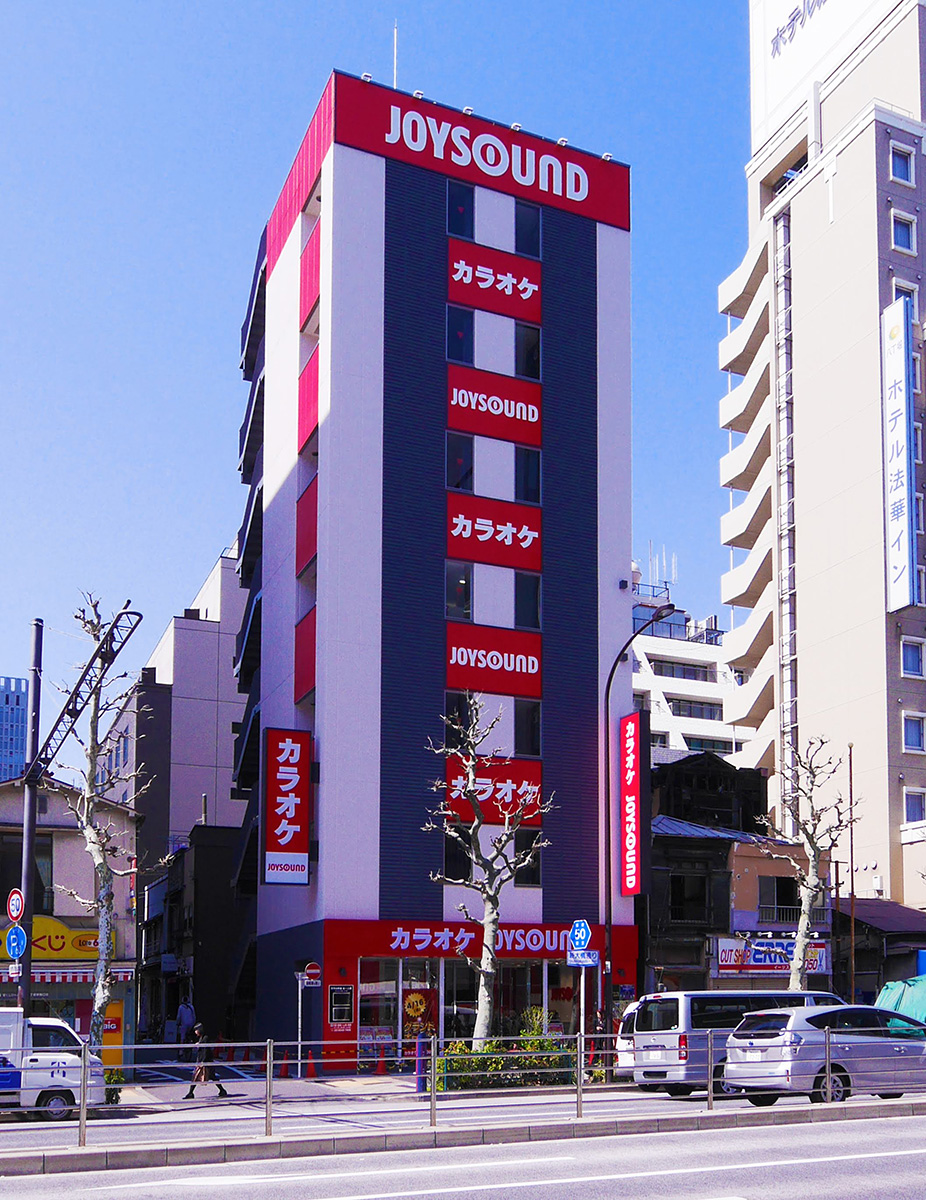

For that reason the area saw many riots over the years and the media painted it in even worse terms, as “a dangerous place to steer clear of.” The image has still not changed today. They worked and lived in a tough environment, like outcasts-even the police would not step in to protect them when they were cheated out of pay, physically abused, or killed. At its peak, 30,000-40,000 residents stayed in the area. Almost all the rooms in doya are 52 square feet (three tatami mats). Neither of its names can be found on any map. It is known as a “flop house district ( doya-gai),” sometimes also referred to as Airin-an area of about a quarter of a square mile filled with budget lodging houses. It served as a temporary encampment for day laborers to stay when they were between jobs, attracting workers from all over Japan-mostly construction workers who were vital to the high economic growth that began in the 1960s. It is an artificially built neighborhood named Kamagasaki, slightly to the south of central Osaka. Let me talk about where the Cocoroom is located. That is, I take art to be a technique of surviving.Ģ Kamagasaki, the Neighborhood Not on the Map

This is why I want to take seriously the everyday practice of questioning. Art is uniquely good at recognizing the multiplicity of values at play by taking delight in the loosening and in the unexpected dynamism that can emerge. Art is less about problem-solving and more about discovering what is being treated as a problem, questioning it, loosening it by taking it up from different angles, and cultivating new relationalities with it. However, actions that simply propel us towards the future-which to me is the essence of art-are not necessarily aimed at solving problems. Viewed this way, it may seem like art is trying to solve regional problems. More recently, there are other people who treat expressive activities based in local areas as relationship building and economic revitalization. Some people think the work of an artist should be to make their works public to the world and to refine the quality of their work those people are unlikely to think of the activity of engaging with another to produce a work whose author is not always identifiable as art. I believe that expression animates such dissociative communication and has the potential to transform and renew many kinds of consciousness.Ĭan we understand these endeavors towards expression as art? There are certainly skeptics. We can think of a sommelier as supporting the process of one person hosting another, for instance but even within that person a similar scenario plays out: the side supported and the side that supports engage in an interchange that materializes through dissociative communication. I believe that making expression conscious is an exercise that “moves one’s internal other.” This is an idea that I learned from the political philosopher KURIHARA Akira, who thinks of autonomy and self-determination as grounded in the moment of moving one’s internal other, of playing host to oneself. This is what we attempt day to day in our activities. We believe that living together with diverse forms of life and diverse forms of value entails learning from each other and enriching the circuits and points of contact that connect us to others. The activities of the Cocoroom that I introduce below are practices aimed at valuing each other’s existence so that everyone may be able to express themselves. When we sense a connection to another and try to address them, we are attempting some kind of expression. This multitude of things enmeshed with one another make up our world. The world we live in is comprised of a vast multitude of things.

To Express is to Live.ġ Introduction: Art is a Technique for Surviving Isolation and Neighboring Relations in Osaka’s Kamagasaki: The Gaps and What Breaks Through Them.


 0 kommentar(er)
0 kommentar(er)
